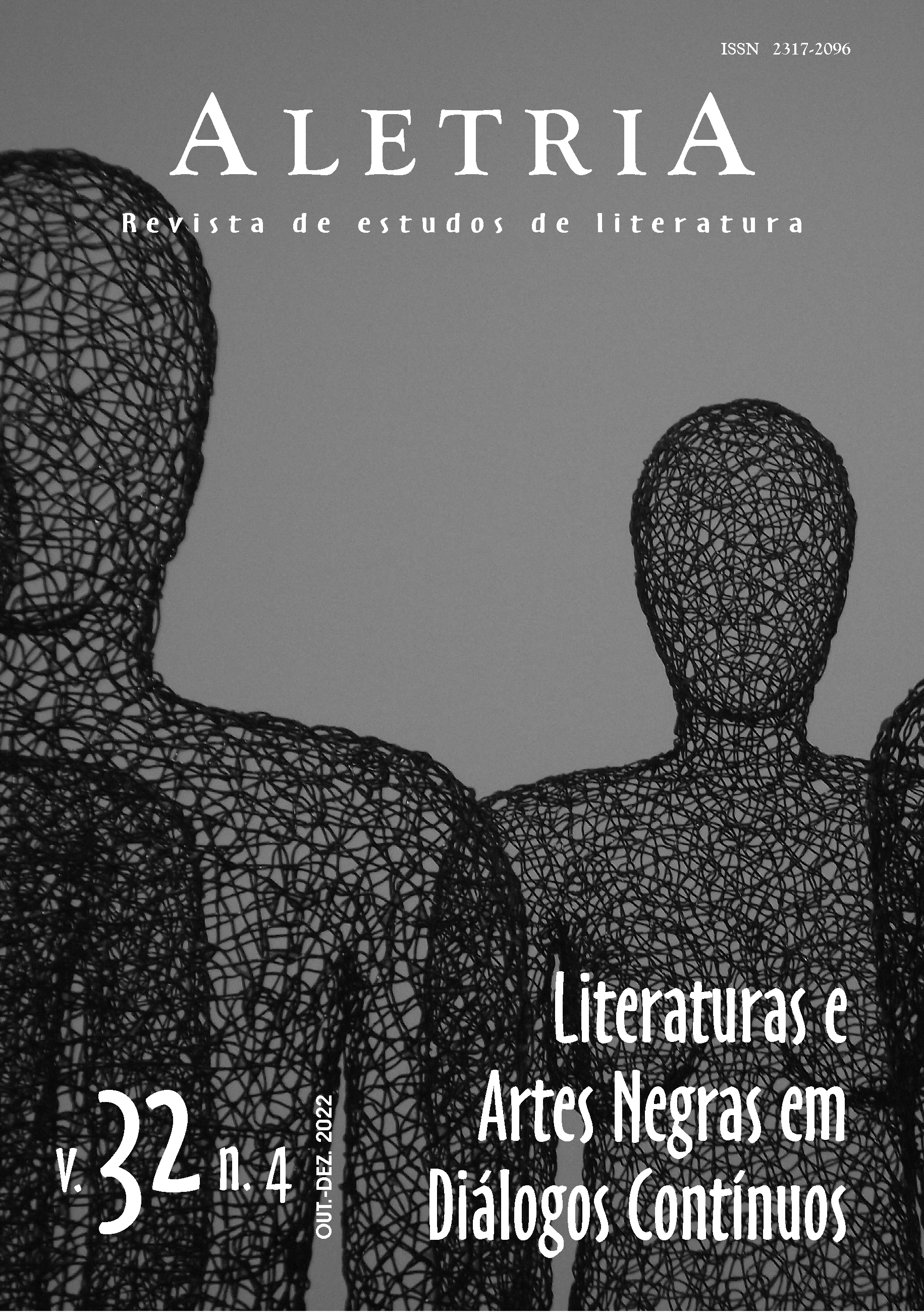Male tragic lament
Aeschylus’ Persians
Keywords:
Greek tragedy, Aeschylus, Persians, tragic lament, ritual lamentAbstract
My focus in this article is the lament songs represented in the Aeschylus tragedy Persians. I reassess Hall’s position (1989, 1995, 1996) to address gender issues potentially present in the final lament of the play, which is quite intense. Hall’s critic suggests effeminacy, almost hysteria, in the performance of the chorus and Xerxes. I bring in the criticism of Suter (2008), whose arguments seem convincing for reviewing usual interpretations of male laments in Athenian tragedies. The terms for identifying the laments are those provided in Wright’s thesis (1986). I consider the cultural and literary contexts of Persians, in a historical-comparative perspective, testing the possibility raised by Suter that a generic reading of the form of the lament combined with a gendered reading of its function can contribute to a better understanding of the scenes of lamentation. At the end, I propose my hypothesis for the function of the final lament in the play.
Downloads
References
AESCHYLUS; GARVIE, Alexander F. Aeschylus Persae: with introduction and commentary by A.F. Garvie. Oxford: Oxford University Press, 2009.
ALEXIOU, Margaret. The Ritual Lament in Greek Tradition. 2. ed. Lanham: Rowman & Littlefield, 2002.
BACHVAROVA, Mary. Summerian Gala Priests and Eastern Mediterranean Returning Gods: Tragic Lamentation in Cross-Cultural Perspective. In: SUTER, Ann. (ed.). Lament: Studies in the Mediterranean and Beyond. Oxford: Oxford University Press, 2008, p. 18-52.
CAIRNS, Francis. Generic Composition in Greek and Roman Poetry. Edimburgo: Edinburgh University Press, 1972.
FISHMAN, Andrea. Thrênoi to Moirológia: Female Voices of Solitude, Resistance, and Solidarity. Oral Tradition, Cambridge, v. 23, n. 2, p. 267-295, 2008.
HÅLAND, Evy Johanne Rituals of Death and Dying in Modern and Ancient Greece: Writing History from a Female Perspective. Newcastle: Cambridge Scholars Publishing, 2014.
HALL, Edith. Asia unmanned: Images of victory in classical Athens. In: RICH, John; SHIPLEY, Graham. (ed.). War and Society in Greek World. Londres: Routledge, 1995, p. 108-133.
HALL, Εdith. Aeschylus: Persians. Warminster: Aris & Phillips, 1996.
HALL, Εdith. Inventing the Barbarian: Greek Self-Definition Through Tragedy. Oxford: Clarendon Press, 1989.
HARRISON, Thomas. The Emptiness of Asia: Aeschylus’ Persians and the history of the fifth century. Londres: Bloomsbury Publishing, 2019.
HOLST-WARHAFT, Gail. Dangerous Voices: Women’s Laments and Greek Literature. Londres: Routledge, 1995.
LOURENÇO, Frederico. The Lyric Metres of Euripidean Drama. Coimbra: Imprensa da Universidade de Coimbra, 2012.
MCCLURE, Laura. Spoken Like a Woman: Speech and Gender in Athenian Drama. Princeton: Princeton University Press, 2009.
PAPADOGIANNAKI, Eleni. Ο θρήνος στους Πέρσες του Αισχύλου: οι απαρχές του επιτάφιου λόγου. 2005, p. 77-89.
PREZOTTO, Joseane Mara. Censura e subversão: lamentar Adônis em Lisístrata. In: POMPEU, Ana Maria César; PREZOTTO, Joseane Mara; ALMEIDA, Solange Maria Soares de; ARAÚJO, Orlando Luiz de. (org.). As mulheres de Aristófanes: revolução e recepção. São Paulo: Pimenta Cultural, 2022, p. 81-110.
RAMSEY, Reuben. Aeschylus as Oral Performance: Rhythm, Structure and Meaning in the Persians. 2016. Tese (Doutorado em Filosofia) – Universidade de Newcastle, Austrália, 2016.
SAMET, Nili. Lament, Lamentation, Ancient Near East and Hebrew Bible. In: FUREY, Constance M; LEMON, Marcus; MATZ, Brian; RÖMER, Thomas; SCHRÖTER, Jens; WALFISH, Barry Dov; ZIOLKOWSKI, Eric. (ed.). Encyclopedia of the Bible and Its Reception. Berlim: De Gruyter, 2017, p. 686-92. (Jesus – Kairos, v. 14)
SOUZA, Camila Diogo de; DIAS, Carolina Kesser Barcellos. The iconography of death: continuity and change in prothesis ritual through iconographical techniques, motifs, and gestures depicted in Greek pottery. Classica – Revista Brasileira De Estudos Clássicos, v. 31, n. 1, p. 61-87, 2018.
SUTER, Ann. Male Lament in Greek Tragedy. In: SUTER, Ann. (ed.). Lament: Studies in the Ancient Mediterranean and Beyond. Oxford: Oxford University Press, 2008.
VIEIRA, Trajano. Os Persas: de Ésquilo. São Paulo: Perspectiva, 2013.
WEST, Martin. Ancient Greek Music. Oxford: Clarendon Press, 1992.
WRIGHT, Elinor Scollay. The Forms of Lament in Greek Tragedy. 1986.Tese (Doutorado em Estudos Clássicos) – Universidade de Pensilvânia, Filadélfia, 1986.
Downloads
Published
How to Cite
Issue
Section
License
Copyright (c) 2022 Joseane Mara Prezotto (Autor)

This work is licensed under a Creative Commons Attribution 4.0 International License.
Authors who publish with this journal agree to the following terms:Authors retain copyright and grant the journal right of first publication with the work simultaneously licensed under a Creative Commons Attribution Non-Commercial No Derivatives License that allows others to share the work with an acknowledgement of the work's authorship and initial publication in this journal.Authors are able to enter into separate, additional contractual arrangements for the non-exclusive distribution of the journal's published version of the work (e.g., post it to an institutional repository or publish it in a book), with an acknowledgement of its initial publication in this journal.Authors are permitted and encouraged to post their work online (e.g., in institutional repositories or on their website) prior to and during the submission process, as it can lead to productive exchanges, as well as earlier and greater citation of published work (See The Effect of Open Access).





